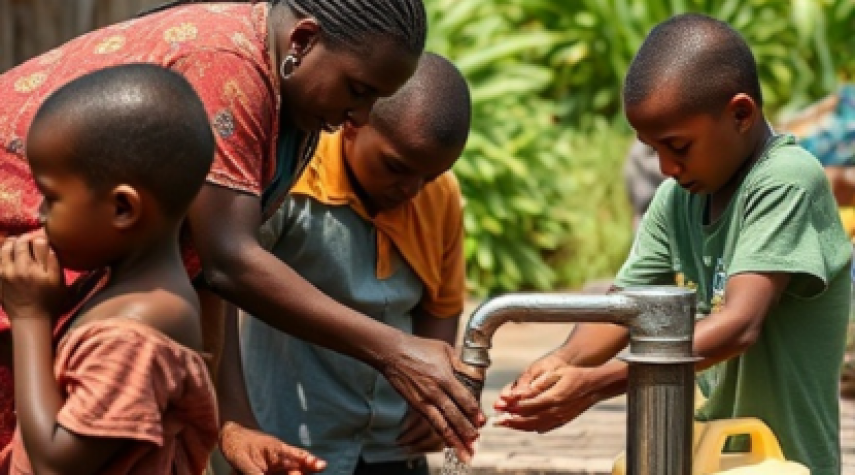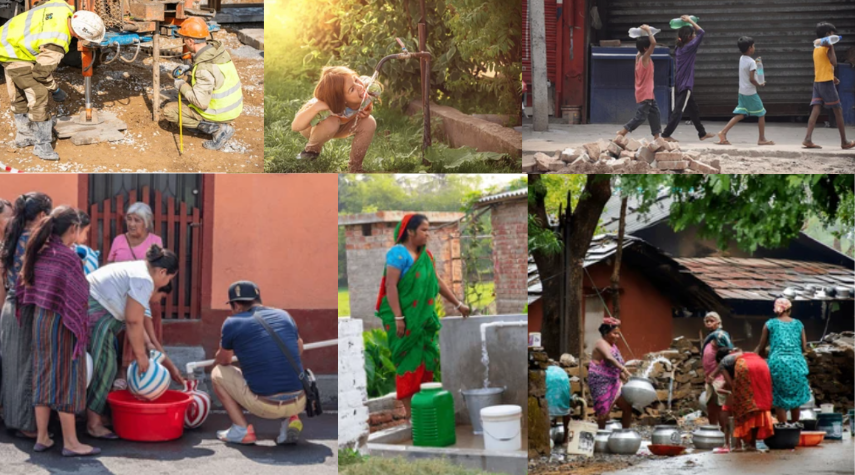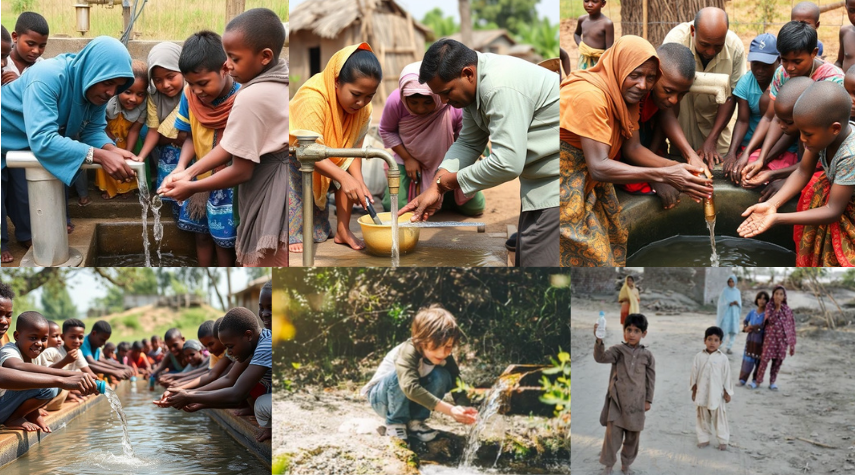
The Drinkable Clean Water Initiative Fund
Campaign for Safe and Sustainable Access to Clean Water Worldwide
FOUNDATION AND PURPOSE
1. Mission Statement
The Drinkable Clean Water Initiative Fund is dedicated to ensuring every human being has access to safe, clean, and drinkable water. Our mission is to combat the global water crisis by funding infrastructure, education, and innovation that provides long-term, sustainable water solutions for underserved and vulnerable communities worldwide.
2. Problem Statement
According to the WHO and UNICEF, over 2.2 billion people globally lack safely managed drinking water services. In developing regions, children and families suffer from preventable diseases like cholera, diarrhea, and dysentery due to contaminated water. Women and girls often walk for miles daily to fetch water, losing time for education and economic productivity. Drought, poor infrastructure, pollution, and the impacts of climate change worsen the situation, making the clean water crisis a pressing global emergency.
Countries Critically Lacking Clean Water:
- Ethiopia – Limited rural water infrastructure and prolonged drought.
- Somalia – Conflict and recurring drought affect clean water availability.
- Sudan – Poor sanitation systems and polluted sources.
- Haiti – Earthquakes and economic collapse affect water systems.
- Democratic Republic of Congo – Lack of infrastructure and pollution.
- India (rural areas) – Arsenic contamination and poor management.
- Bangladesh – Groundwater arsenic contamination is widespread.
- Nigeria –Geography limit water access.
- Niger – Extreme drought and underdevelopment.
3. Objectives and Goals (SMART)
- Specific: Provide clean drinking water to 5 million individuals in 10 countries within 5 years.
- Measurable: Install 2,000+ water purification systems, wells, or sanitation infrastructures.
- Achievable: Partner with local NGOs and governments for implementation.
- Relevant: Focus on communities where the health impact of water-borne illness is high.
- Time-bound: Complete initial infrastructure projects within 18–24 months post-funding.
II. OPERATIONAL FRAMEWORK
1. Project Types Supported by the Fund
- Construction and rehabilitation of municipal wastewater treatment facilities.
- Green infrastructure development (e.g., rain gardens, bioswales).
- Combatting nonpoint source pollution and reducing stormwater runoff.
- Installation of decentralized wastewater treatment and filtration systems.
- Watershed protection, riverbank restoration, and estuary revival projects.
- Promotion of water conservation, education, and reuse programs (e.g., greywater systems).
2. Eligibility Criteria
- Registered NGOs and non-profits working in water access or sanitation.
- Municipalities or regional governments in developing regions.
- Community-based organizations with local water projects.
- Private companies offering innovative water purification technologies (non-profit aligned).
3. Application Process
- Step 1: Submit an Expression of Interest (EOI) online.
- Step 2: Approved EOIs will be invited to submit a full proposal including:
-
- Project plan
- Budget breakdown
- Implementation timeline
- Community impact assessment
- Step 3: Proposals are reviewed quarterly.
- Step 4: Final selection announced within 60 days of submission window closing.
4. Evaluation and Selection Process
- Evaluation criteria:
- Community impact
- Sustainability and maintenance plan
- Technical feasibility
- Cost-effectiveness
- Innovation
- The selection was made by a panel of global water experts, environmental engineers, and community development leaders.
5. Monitoring and Evaluation Plan
- Quarterly progress reports from grantees.
- Annual field visits and third-party audits.
- Impact indicators:
-
- Number of people served
- Water quality levels
- Reduction in waterborne disease incidence
- Data transparency through public dashboards.
6. Reporting Requirements
- Financial reports every 6 months.
- Annual narrative reports detailing progress, challenges, and outcomes.
- End-of-project sustainability and impact analysis.
III. FINANCIAL AND RESOURCE MANAGEMENT
1. Budget and Funding Plan
- Year 1 Target: $10 million
-
- 70% Direct project funding
- 15% Capacity-building and training
- 10% Monitoring, evaluation, and auditing
- 5% Administration and operations
Funding Sources:
-
- Public donations
- Institutional grants (USAID, World Bank, Gates Foundation)
- CSR contributions from private sector
- Crowd funding and sponsorship
2. Financial Management and Accountability
- Annual third-party audit
- Transparent ledger published online
- Budget approval and disbursement oversight by Finance Committee
- Emergency reserve fund for crisis response
3. Sustainability Plan
- Projects include community training for maintenance and repair.
- Use of locally sourced materials and technologies.
- Partnering with local governments to integrate infrastructure into national plans.
- Recurring fundraising drives and donor retention programs.
4. Community Engagement and Partnerships
- Involve community leaders from planning to implementation.
- Host community water education sessions.
- Partner with NGOs (e.g., Water.org, UNICEF) for alignment and collaboration.
- Engage corporate partners for tech and engineering support.
IV. LEGAL AND ADMINISTRATIVE DETAILS
1. Legal Status
- The Drinkable Clean Water Initiative Fund operates under 501(c)(3) non-profit status in the United States.
- Certified by international charity watchdogs such as Charity Navigator and GuideStar.
2. Governance Structure
- Governed by a Board of Directors composed of environmentalists, public health experts, and philanthropists.
- Executive Director and regional program managers oversee daily operations.
3. Transparency and Disclosure
- Annual financial and impact reports are published online.
- Donor access to project progress dashboards.
- Open data access policy for researchers and policymakers.
4. Risk Management
- Contingency plans for political instability, environmental disasters, and supply chain disruptions.
- Insurance coverage for major infrastructure projects.
- Diversified funding to minimize reliance on a single source.
Why Donate?
Your donation isn’t just giving water, it’s giving life.
Every dollar helps save children from deadly diseases, allows girls to stay in school, empowers communities, and builds a more sustainable world. Investing in clean water is investing in health, gender equality, education, and economic development.
Help us turn contaminated streams into sources of life.
Join the Drinkable Clean Water Initiative Fund and make a global impact today. 💧





Comments (0)
No data found